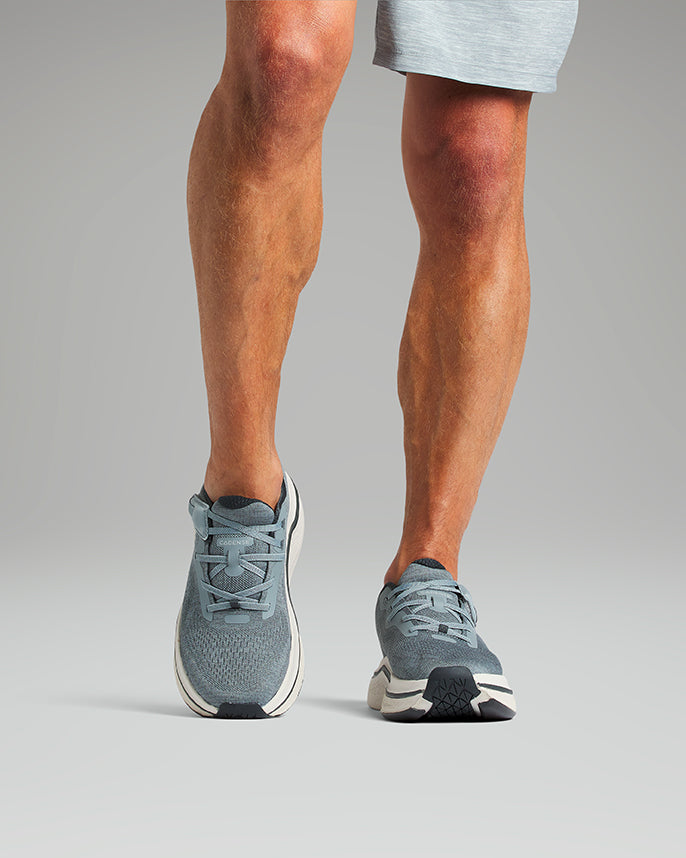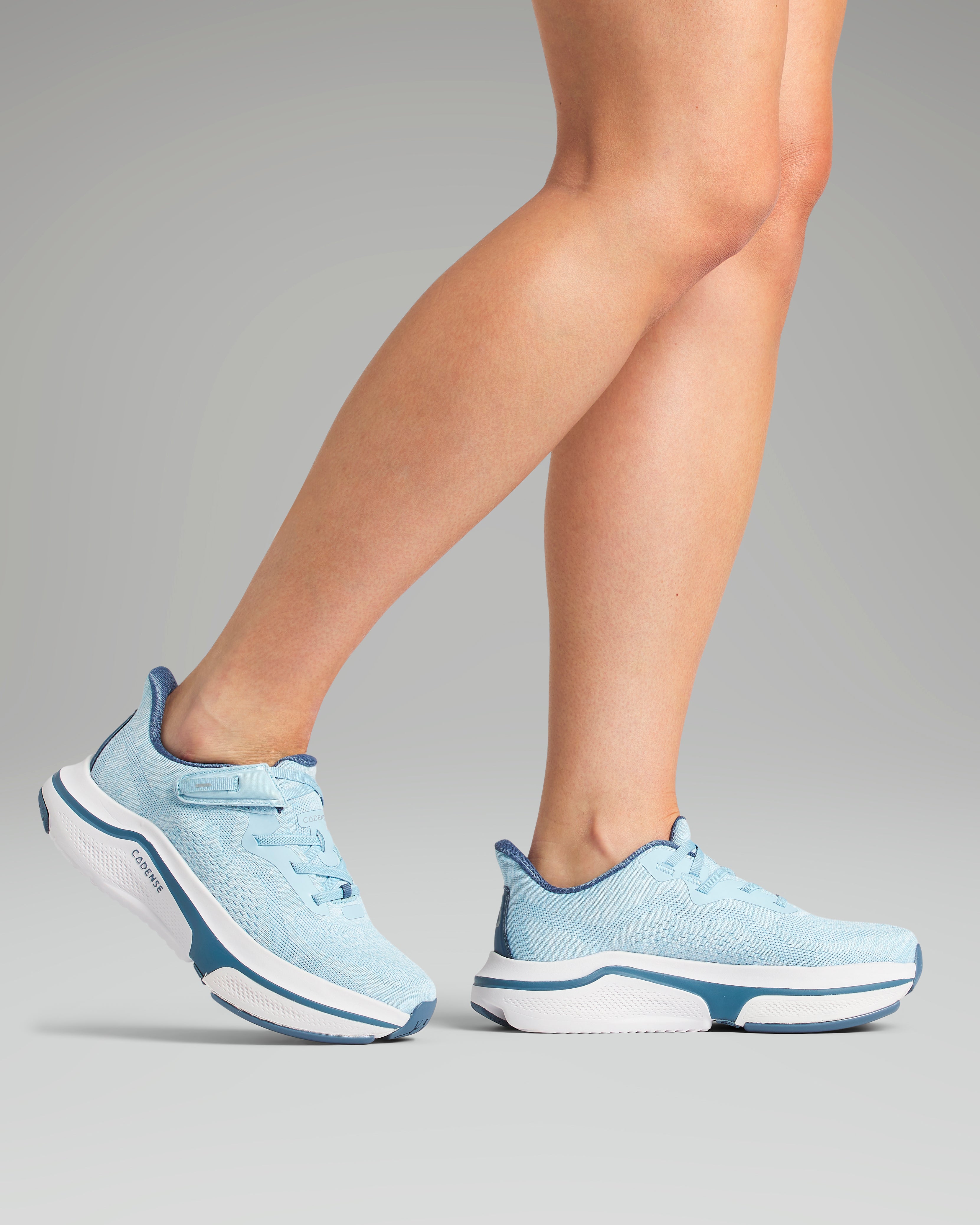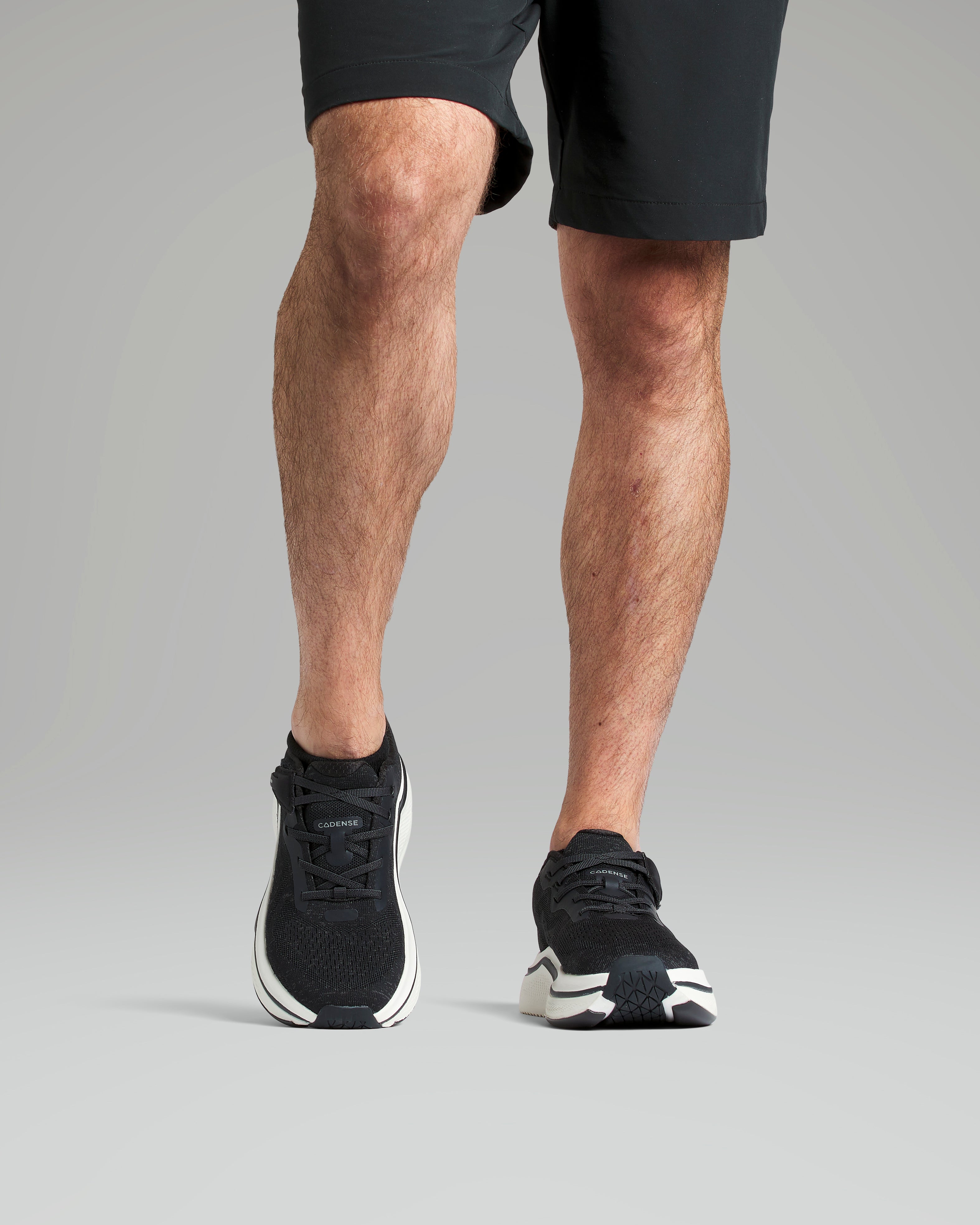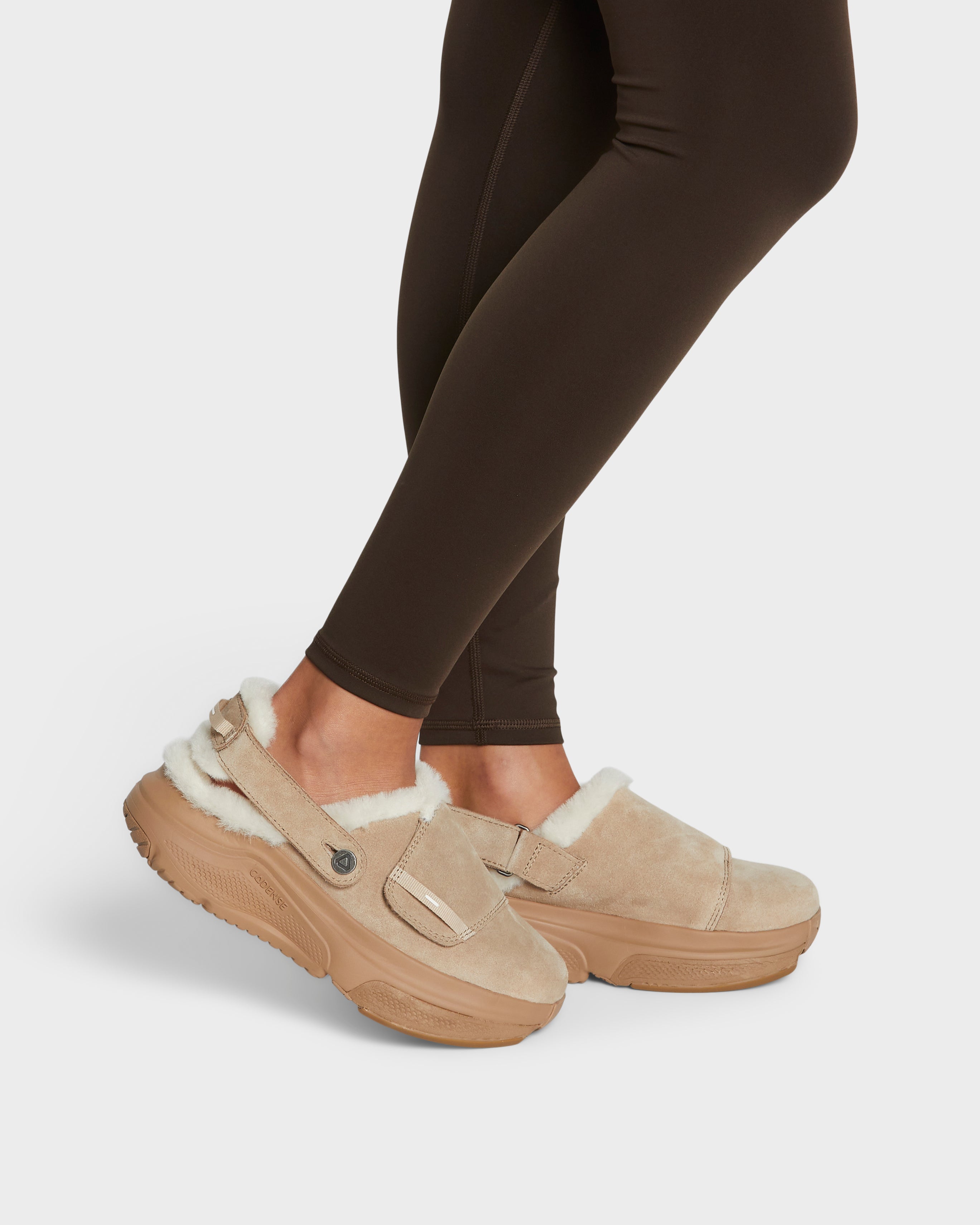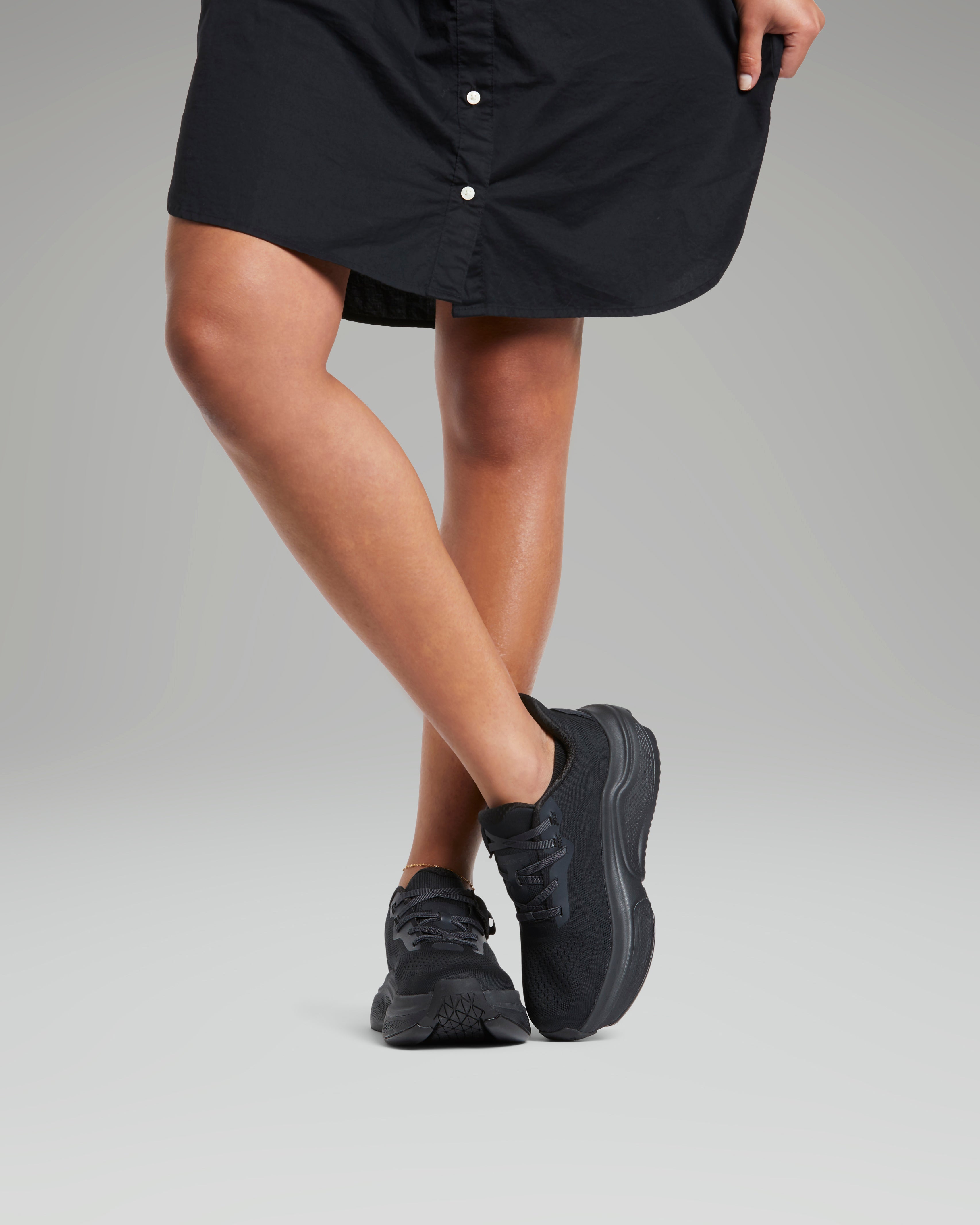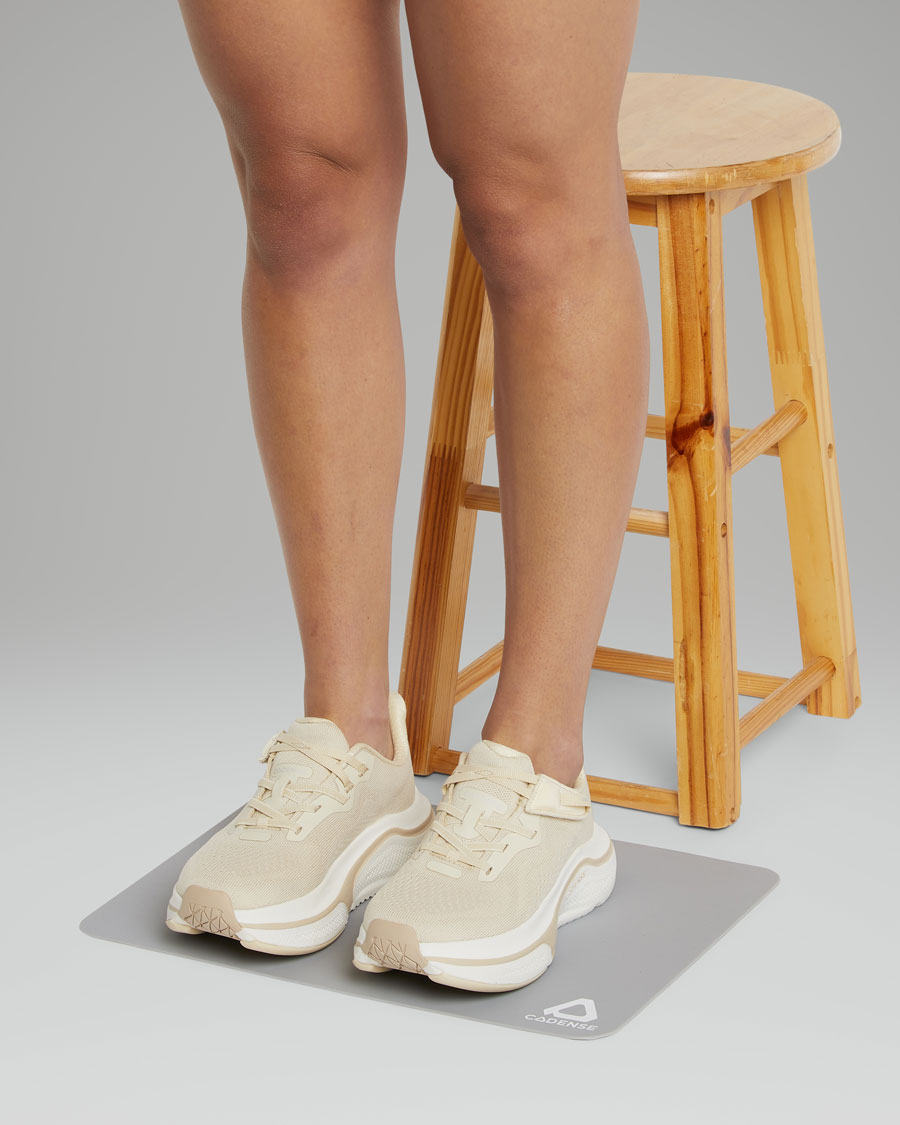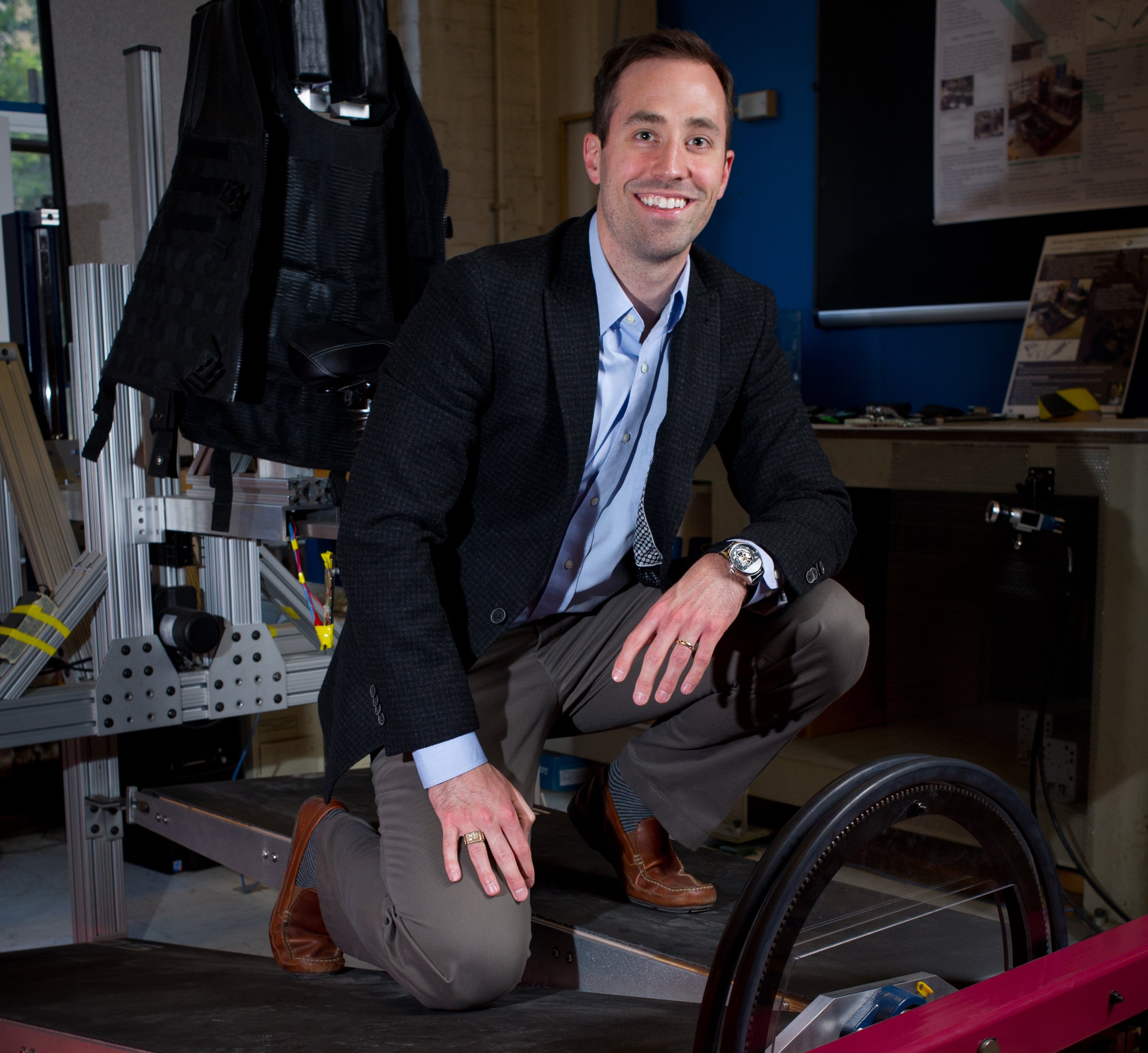
The Science Behind Cadense Adaptive Trainers
Explore the research and innovations that shape our approach to better mobility.
Research Behind Cadense Adaptive Trainers: A 12-Year Journey
Cadense Adaptive Trainers are built on over a decade of research, starting with the MIT Skywalker project, a robotic gait rehabilitation tool aimed at improving walking rhythm. This work evolved at UCSB, where researchers sought to create a practical, everyday solution through Variable Friction Technology. The result? A trainer that adjusts to your stride, providing support where you need it most, whether on carpet, hardwood, or pavement.
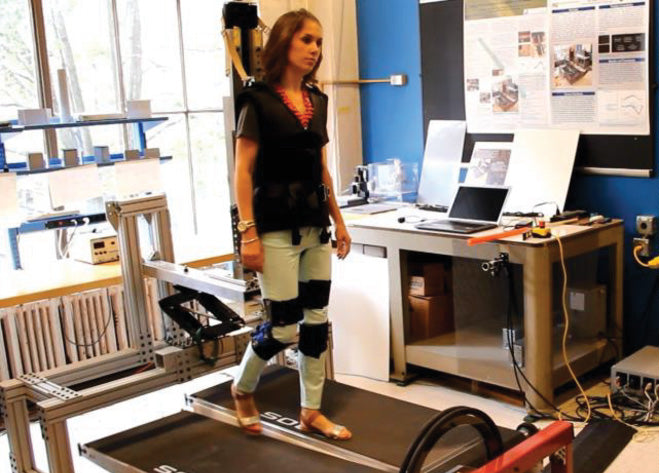
MIT Skywalker Rehabilitation Robot (2013-2016)
Originally developed using a split-belt treadmill designed to reduce interaction forces, our early research focused on helping patients achieve a more rhythmic and natural walking pattern.
Studies showed that reducing ground contact during the swing phase could enhance gait rhythm and make walking feel easier—a principle that has been integral to Cadense's variable friction technology, now embedded in every pair of our trainers.
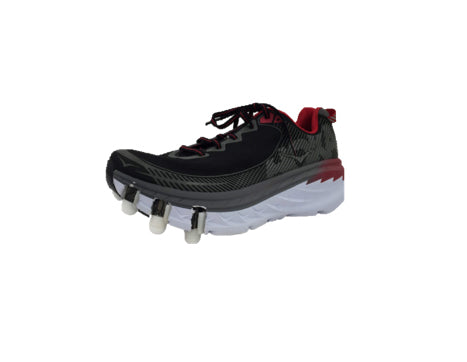
Transition to Variable Friction Trainers at UCSB (2017-2019)
Partnering with Dr. Elliot Hawkes from Stanford, the team developed over 30 prototypes designed to replicate reduced ground interaction forces during the swing phase. This led to the creation of the variable friction concept.
In testing with individuals managing conditions like multiple sclerosis, brain tumor recovery, and cerebral palsy, the variable friction trainers showed promising results, including reduced hip circumduction and improved walking speed—sometimes within just two minutes of use.
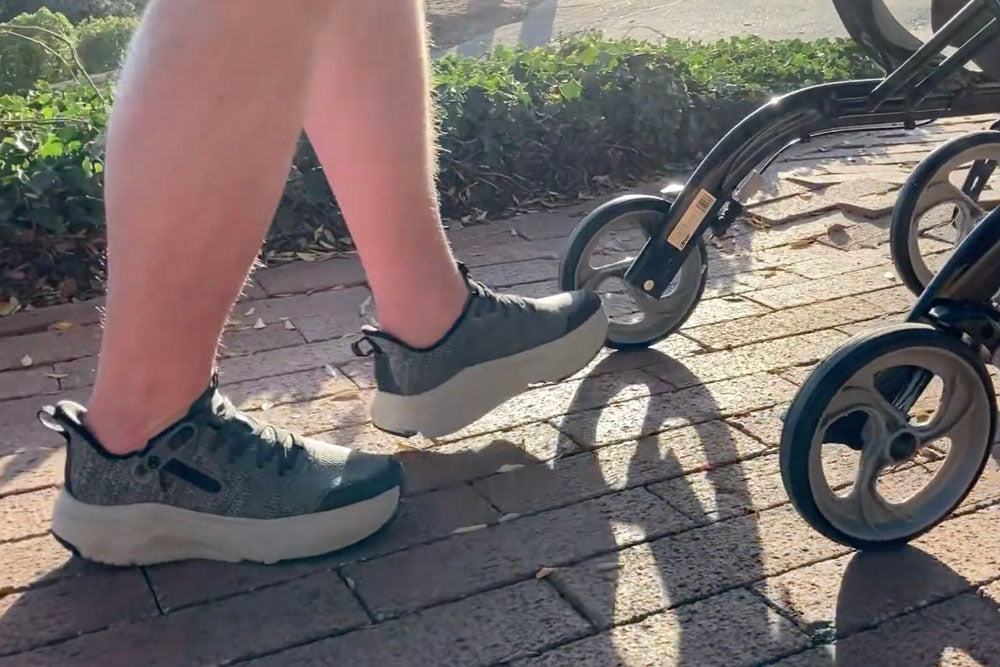
Commercialization and Beta Testing (2021-2022)
In 2022, Cadense conducted a beta test with individuals experiencing foot drop, stroke recovery, and other mobility challenges. Participants used the trainers daily and shared their experiences over a month-long period.
Key Insights:
- Comfort: Most participants found the trainers comfortable, even if the low-friction feel took some getting used to.
- Safety: Coaching tips, like taking small steps initially, helped users gain confidence, making walking feel smoother and safer.
- Durability: Our trainers withstood up to 170,000 steps during testing, demonstrating their durability for everyday use.
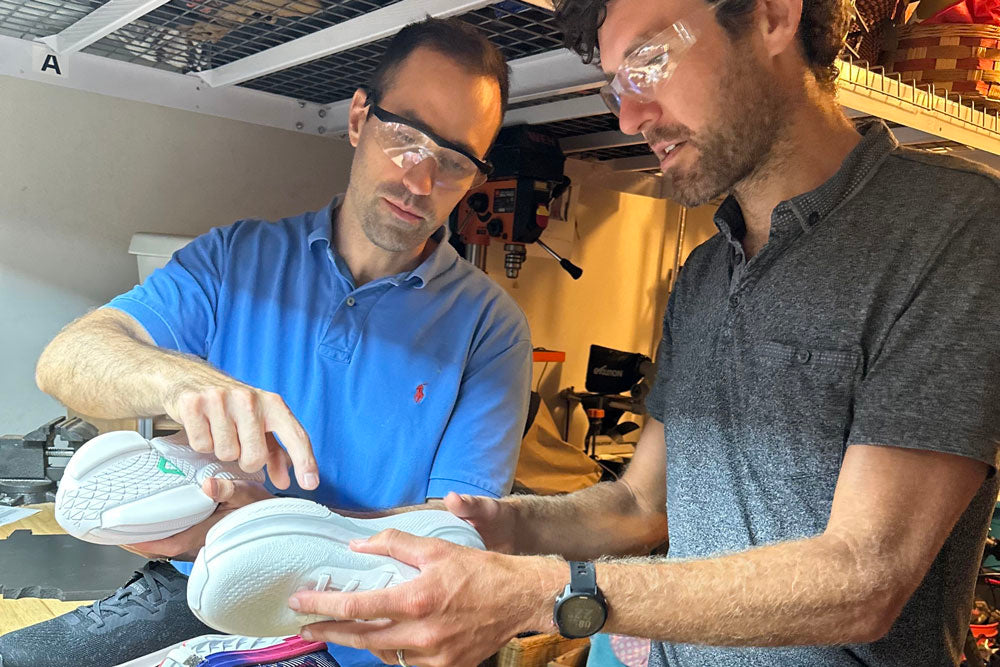
Ongoing Clinical Testing and Future Research (2022-Present)
Cadense is committed to advancing our understanding of adaptive footwear through ongoing studies. A recent NIH-funded clinical trial at the Shirley Ryan Ability Lab is examining how Cadense trainers compare to traditional AFOs in supporting walking and gait improvement.
Our research continues to explore the effects of variable friction technology for conditions like Parkinson’s and Multiple Sclerosis, ensuring that our designs evolve with the needs of our users.
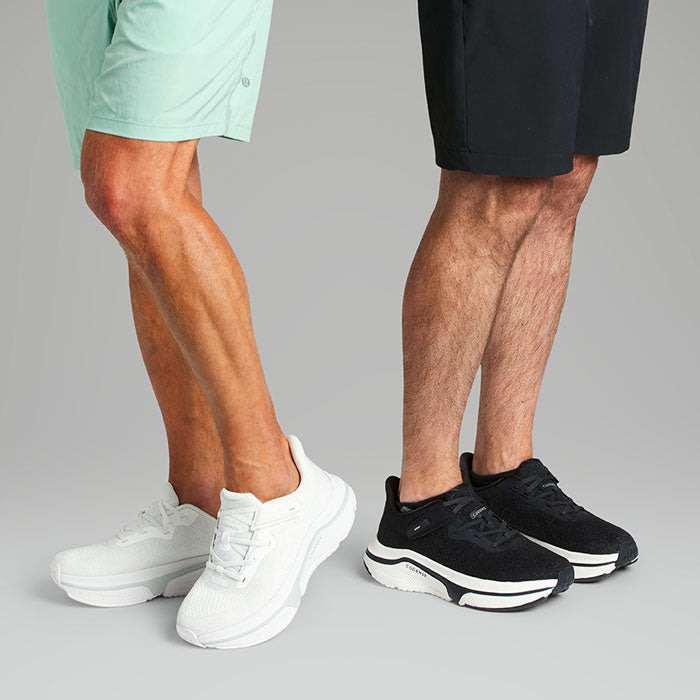
Stay updated
Interested in the latest research developments? Reach out to us or download the full summary for in-depth details.
Download the full research summary.

